Amazon’s plastic packaging could circle the planet 800 times. Can it be stopped?
Billions of packages are delivered every year by the world’s largest retailer and a wave of environmental pollution has followed, writes senior climate correspondent Louise Boyle

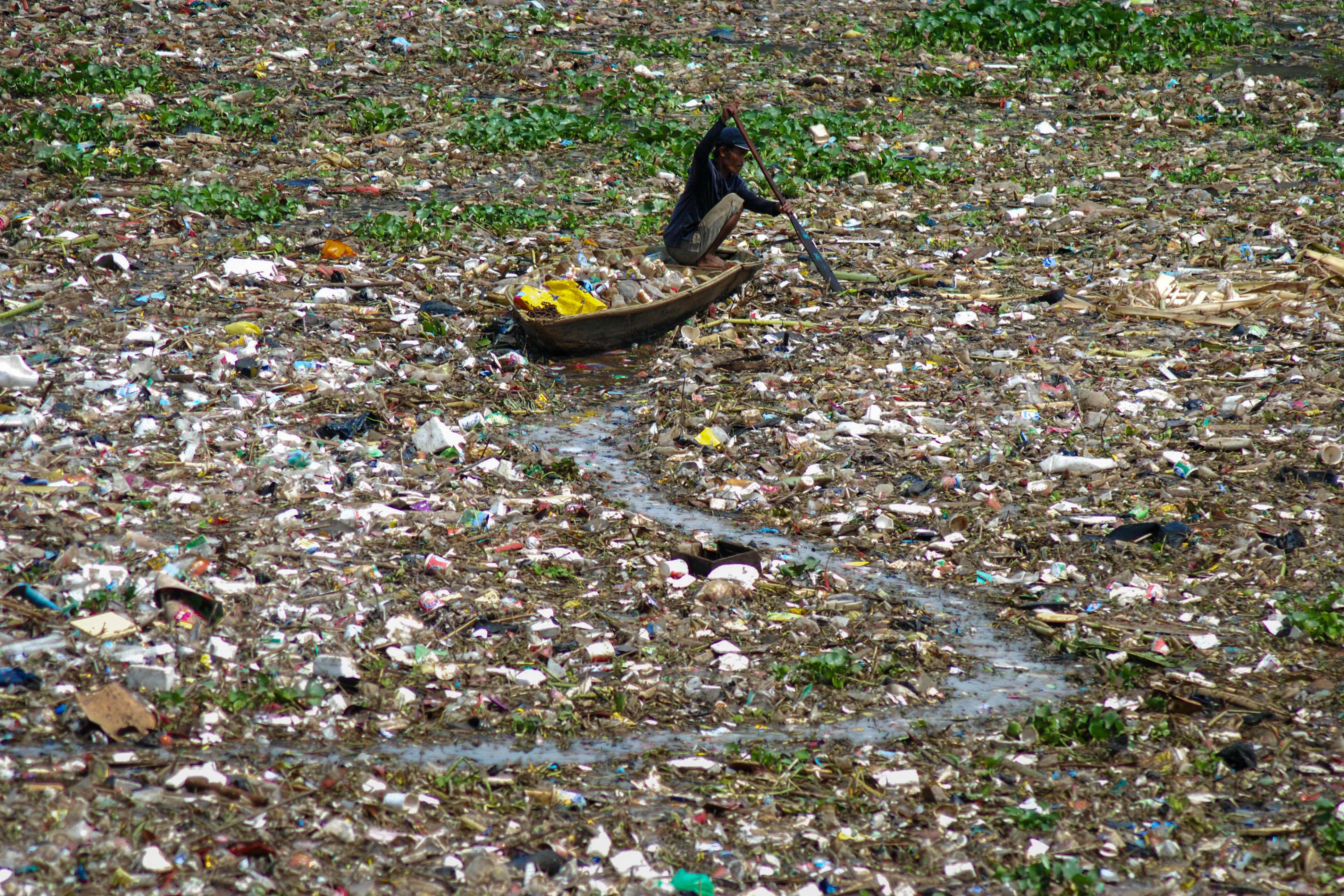
Your support helps us to tell the story
From reproductive rights to climate change to Big Tech, The Independent is on the ground when the story is developing. Whether it's investigating the financials of Elon Musk's pro-Trump PAC or producing our latest documentary, 'The A Word', which shines a light on the American women fighting for reproductive rights, we know how important it is to parse out the facts from the messaging.
At such a critical moment in US history, we need reporters on the ground. Your donation allows us to keep sending journalists to speak to both sides of the story.
The Independent is trusted by Americans across the entire political spectrum. And unlike many other quality news outlets, we choose not to lock Americans out of our reporting and analysis with paywalls. We believe quality journalism should be available to everyone, paid for by those who can afford it.
Your support makes all the difference.Amazon founder, space traveller and the world’s first “centibillionaire” Jeff Bezos recently disclosed that he would give away most of his unimaginable wealth in his lifetime.
While there were precious few details on how much of the $116bn fortune he planned to donate to charity during the CNN interview with his girlfriend Lauren Sanchez, it was confirmed that a chunk will go to fighting the climate crisis.
A good place to start that planet-sized battle might be at Amazon.
The company is far and away the world’s largest retailer, outstripping its nearest competitors, Walmart and Alibaba, in earnings and global reach. The Covid-19 pandemic was boom times for Amazon with consumers locked down at home and brick-and-mortar stores shuttered. Profits soared, taking the online retailer’s valuation to $943bn.
But shipping billions of packages in over 100 countries for the past 30 years has left its mark.
Oceana, the environmental advocacy group, estimated Amazon’s plastic packaging waste at 709 million pounds (or 321,596 metric tonnes) last year - up 18 per cent from 2020. That’s a plastic footprint weighing about the same as 80,000 adult killer whales. It’s also enough plastic to circle the world at least 800 times in air packaging pillows, reports Oceana, based on market data and insights from e-commerce packaging experts.
Amazon has refuted the figure, and said that Oceana’s past reports overestimated the company’s plastic footprint by as much as 300 per cent.
“While we share Oceana’s commitment to protect the world’s oceans and respect their work, they continue to release flawed data and overinflated information about our business,” an Amazon spokesperson told The Independent.
“We’re not sure how Oceana gathers their data or why it’s so far off each year, but since we have the actual data and numbers to do the calculations, we know that our figures are accurate.
“In 2021, we reduced plastic packaging weight per shipment by over 7 per cent, resulting in 97,222 metric tonnes of single-use plastic being used across our global operations network to ship orders to customers.”
Amazon said the figure reflects the significant majority of plastic used to ship orders to customers - including independent third-party sellers whose orders are fulfilled by Amazon. The company also says it offers “incentives” to these independent third party sellers to create original packaging that will withstand shipping without the need for additional Amazon packaging.
Oceana acknowledged the “step towards increased transparency” but said Amazon’s plastic packaging figure was not directly comparable to the non-profit’s estimate which includes all sales through Amazon’s e-commerce platforms globally.
“There’s different ways of slicing the pie,” Dana Miller, Oceana’s director of strategic initiatives, told The Independent.
“Oceana has estimated [plastic packaging waste] from everything sold through Amazon’s site. We feel that those purchases would not have happened had Amazon not been facilitating them, so Amazon is therefore responsible for the plastic packaging used for all those orders.”
While Amazon may be the largest online retailer, the tsunami of plastic pollution today goes far beyond its impact alone. The e-commerce industry used more than 1.3 million tonnes of plastic packaging in 2021 - a figure that’s projected to more than double this decade. Roughly a third of all plastic is used for packaging - and 85 per cent ends up in landfills.
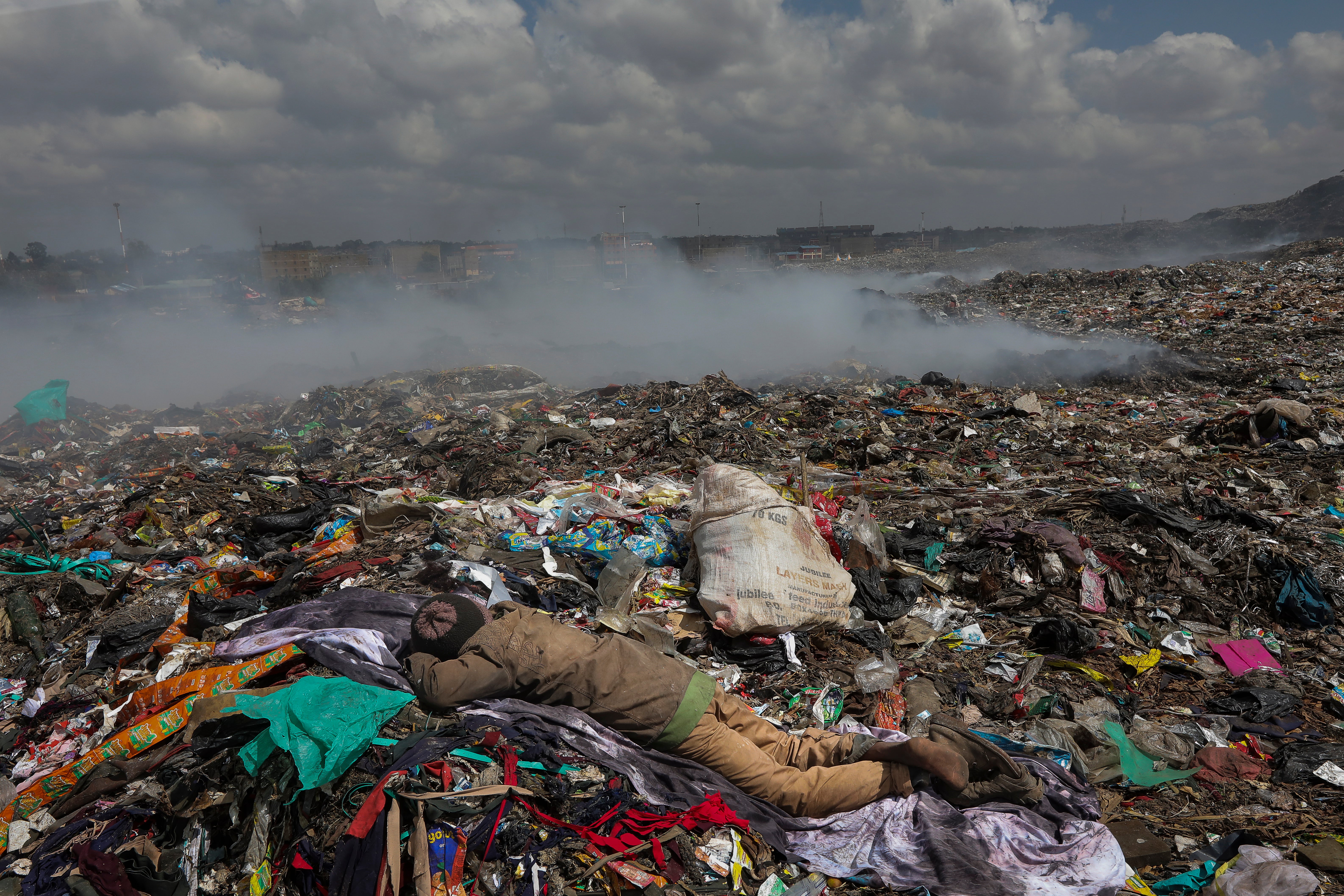
Broken cycle
The type of plastic used in a lot of packaging is nearly impossible to recycle. In fact, only a fraction of all plastic ever made has been recycled - about 9 per cent.
Amazon packaging is made of film which Oceana dubs the “plastic shopping bag category of plastic” - difficult to process and not accepted by most municipal recycling programmes.
Of the 18 pieces of packaging on the “Second Chance” US page for Amazon.com and Amazon grocery delivery, ten are recyclable, like paper-padded mailers, and three cannot be recycled such as paper mailers with air bubble padding. A further five items - including the blue-and-white, bubble-lined plastic bag - are accompanied by this message: “Some cities offer curbside recycling. Where not available, use designated store drop-off locations where plastic film is accepted.” It includes a link to “find your drop off location”.
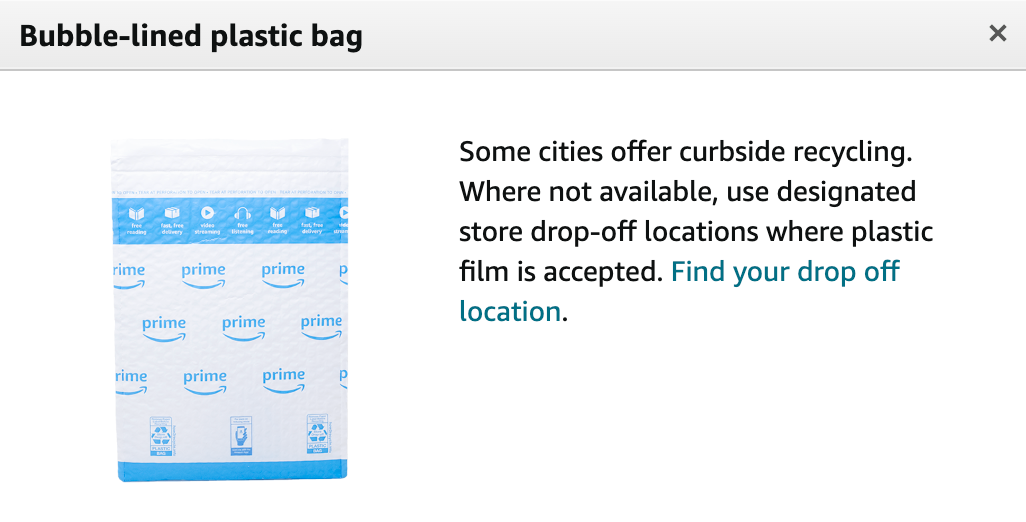
According to Oceana, a 2021 mystery shopper experiment at 186 drop-off locations in 25 cities across the US and UK found that 41 per cent said they could not accept Amazon plastic packaging. Managers at more than 80 per cent of these stores were unaware they had been listed as a drop-off location.
“Local municipal recycling officials in both the United States and the United Kingdom confirmed that they are not able to recycle Amazon’s plastic packaging. They explained that this packaging continues to be put in recycling bins and contaminates other plastic,” Oceana wrote.
In a blog post published on Tuesday, Amazon wrote that “[a]lthough the plastic packaging Amazon uses today is recyclable, it generally requires our customers to take the materials from their homes to store drop-off locations”. The company added that it “recognize[d] it’s not the easiest customer experience”.
About 12 per cent of solid municipal waste is made up of plastic, according to the United Nations. Some 40 per cent of that global garbage is burned, releasing dangerous toxic gases into the atmosphere. The rest is rotting in landfills, where plastic will leak chemicals into the environment over the hundreds of years it takes to break down.
If it’s not polluting land or going up in smoke, vast amounts of plastic are finding their way to the ocean. Eight million tonnes of plastic enters the ocean every year at a rate where it will outweigh the number of fish by 2050.
Oceana’s new report estimates that 26 million pounds (11,793 mt) of Amazon plastic packaging enters the world’s waters. Plastic can be lethal for ocean animals. Hundreds of species have eaten or become tangled up in it which can cause the, to suffocate, starve or drown.
Recent research has also linked plastic with increasing ocean acidification which lowers the pH of seawater and turns it into a more hostile habitat for marine life.
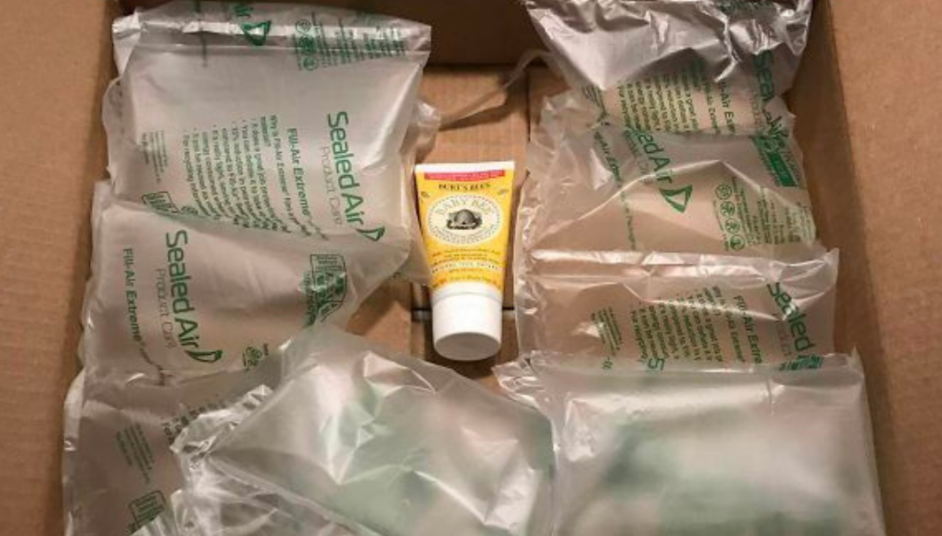
But what happens in the ocean doesn’t stay there. Plastic first breaks down into tiny fragments called microplastics, and then again into microscopic pieces, nanoplastics.
These are swallowed by fish and hoovered up by little water-filtering creatures like mussels, clams, oysters. From there, it’s no mystery to how it ends up on our plates.
Studies have shown that humans drink microplastics from water and breathe them in. Scientists have also discovered microplastics in human blood, in feces and in the placentas of unborn babies.
Research into the effects of all this plastic is still in its infancy. However studies have shown that microplastics can cause damage to human cells and are potentially linked to conditions such as inflammatory bowel disease.
“We think we are at big risk and there are a lot of scientists who already say there is evidence that we get affected by the contaminations of plastics, especially microplastics,” said Harmen Spek, innnovation and solutions lead at the Plastic Soup Foundation which focuses on the link between plastics and human health.
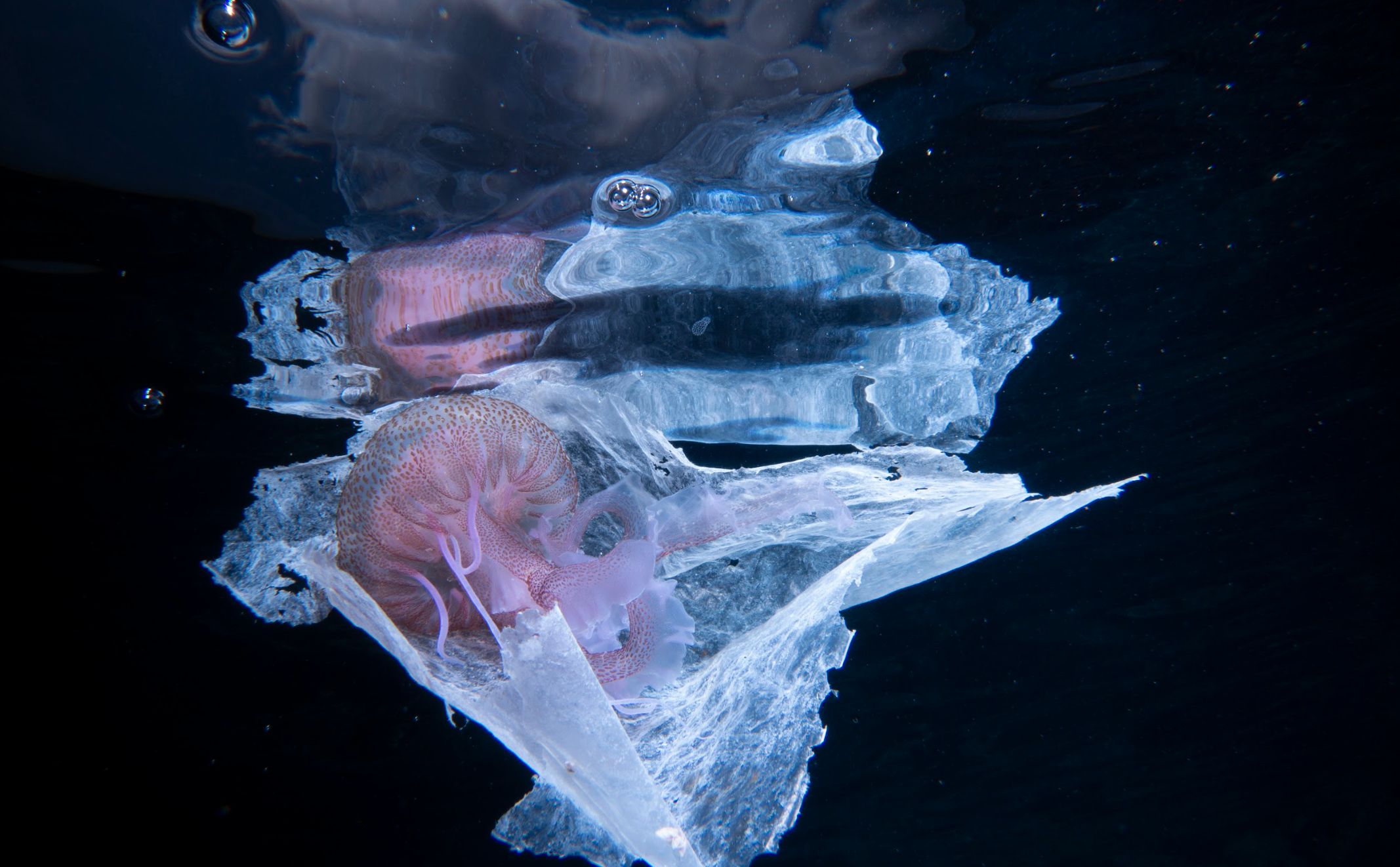
The group launched the first-ever Plastic Health Summit in 2019 and has also funded research into how plastics impact food systems.
“[In] the blood, flesh and milk of cattle, there was plastic everywhere so that’s really concerning,” he told The Independent. “We know from our research that even very small particles, nanoplastics, are being taken up by [plant] roots and we eat those crops. Even tap water is infected with microplastic nowadays, and that’s a high concern.”
He said that there was always a risk level with plastic because it sheds tiny pieces during the mechanical processes required to produce it.
“With packaging material, it’s the same thing,” Mr Spek said. “There are a lot of processes before it can be used as a packaging material, and it’s handled by humans as well. They’re in a room with the material, constantly working with it. So the chances are quite high that there are a lot of microplastics coming from it.”
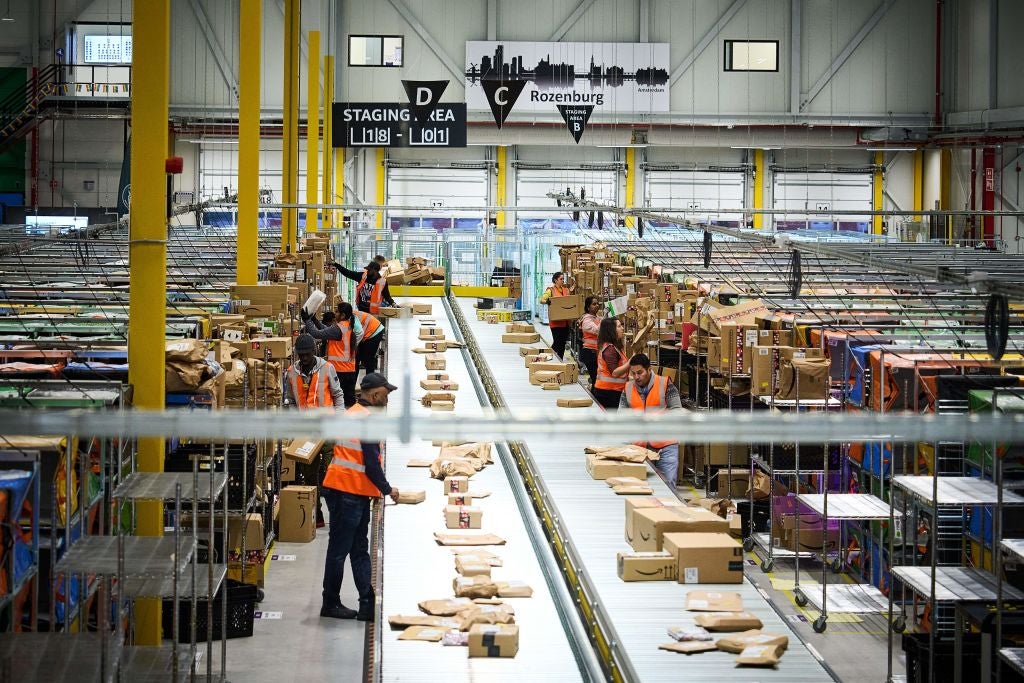
The carbon bomb
The proliferation of Amazon’s plastic waste appears fundamentally at odds with its ambitious climate pledge. The company has committed to reaching net-zero carbon by 2040 and 300 other businesses have signed up to its plan.
Oceana’s Dana Miller described the disparity as “frustrating”.
“Efforts to reduce plastic packaging could assist in [Amazon’s] efforts to reduce their carbon footprint,” she said.
The climate crisis and the growing plastic crisis are inseparable because it’s made from fossil fuels. And the majority of plastic that’s not recycled, generates even more greenhouse gas emissions as it breaks down.
Oil companies have identified plastics, or the petrochemical industry, as a growth area as more and more countries transition to clean energy. “Plastics is the Plan B for the fossil fuel industry,” Judith Enck, founder and president of the nonprofit advocacy group Beyond Plastics, told CNBCearlier this year.
Amazon has shown itself to be innovative when it comes to cutting emissions - rolling out electric delivery vehicles, and planning a switch to 100 per cent renewable energy by 2025.
However, there remains a big question mark over what emissions that Amazon is actually counting as it self-reports its journey to net-zero.
A February 2022 piece by The Center for Investigative Reporting found that the retailer only fully counts the carbon emissions of Amazon-branded products like Kindles and AmazonBasics items. “Those, the company has told Congress, total 1 per cent of its online sales,” the article notes.
It also puts Amazon at odds with the approach of smaller retailers and competitors like Target and Walmart - and risks leaving vast quantities of planet-heating emissions unaccounted for.
In response to the article’s findings, an Amazon spokesperson told The Independent that it was applying “best-known practices” for reducing carbon emissions.
“Amazon is also finding, investing in, and building new solutions to meet the urgency of the climate crisis,” the spokesperson said. “As a co-founder and the first signatory of The Climate Pledge, we set a goal to reach net-zero carbon by 2040 – 10 years ahead of the Paris Agreement because we knew we needed to go faster. We continue to rapidly scale investments in science-based carbon reduction solutions that will have large, long-term impacts to move us forward on our path to net-zero carbon by 2040.”
Public Pressure
Nearly half of Amazon shareholders seem less than thrilled by the plastic packaging pollution including powerful investors like BlackRock.
“Amazon does not explicitly disclose the total amount of plastic used; therefore, it is difficult for stakeholders to determine how effectively the company is managing this material risk and their progress year over year,” the world’s largest asset manager wrote in a bulletin ahead of Amazon’s AGM this year. BlackRock dubbed plastic pollution a “long-term business risk”.
In May, 48.9 per cent of Amazon shareholders voted for a resolution to have the retailer do more to address its plastic pollution. While shy of a majority, the request received more support than any other resolution in company history, Oceana reported.
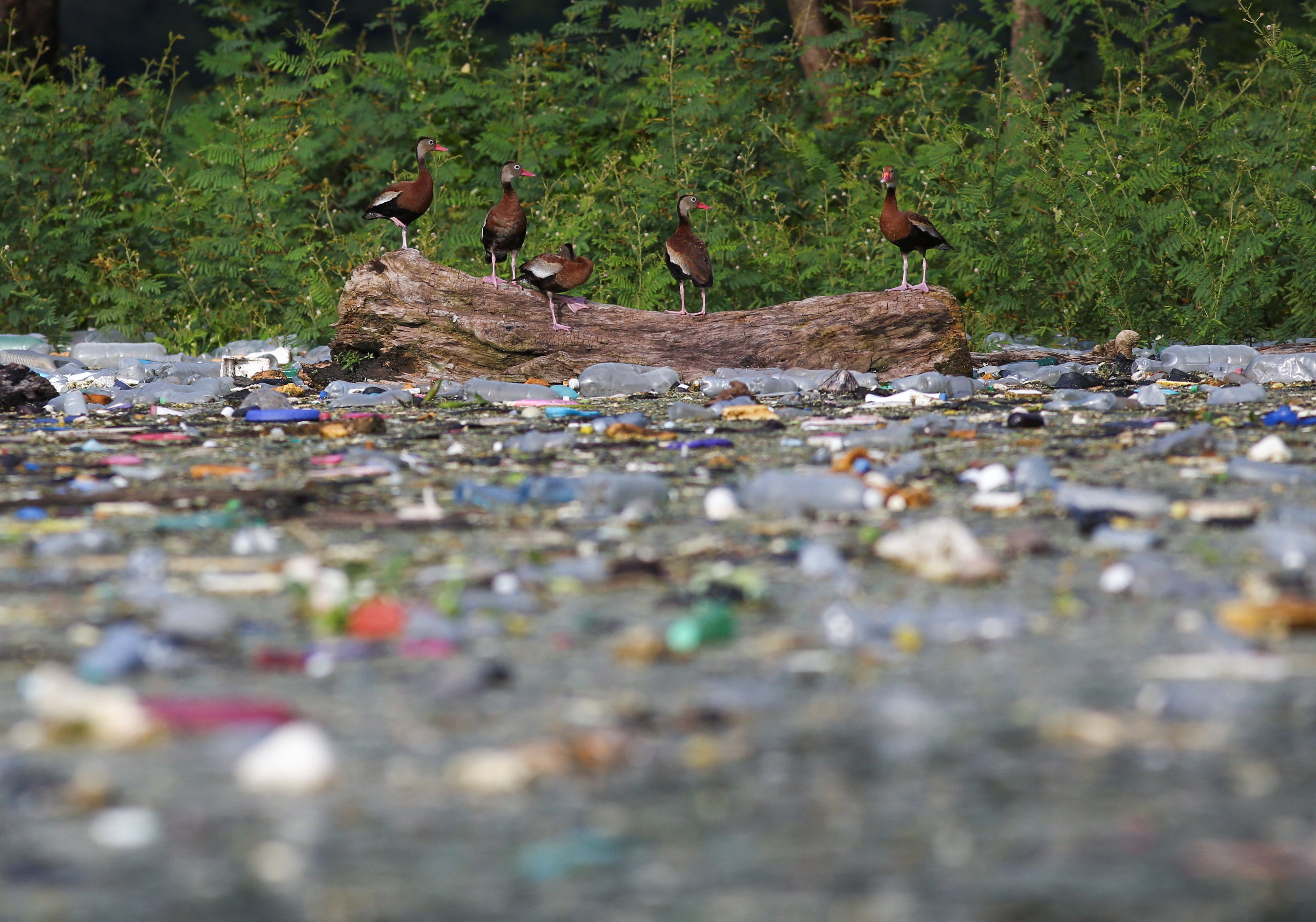
Amazon has already proven its capable of adapting to reusable packaging and more easily recyclable paper and cardboard in countries where local laws have been tough on plastic including in India, Germany and the UK.
Public tolerance for single-use plastic is also diminishing in the United States which contributes most of Amazon’s plastic packaging footprint, Oceana says.
California has introduced ambitious state legislation to reduce single-use plastic packaging and increase recycling this year. And where California, the world’s fifth-largest economy, leads on environmental issues other US states are proving they will follow as has happened with its bans on plastic bags and new gas-powered cars by 2035, for example.
But rather than a hotpotch approach, Oceana is leading calls for Amazon to commit to company-wide plastic packaging cuts at least third below current levels by 2030. They also want the company to publicly report on its plastic packaging footprint - taking into account all products sold through its website.
“It’s all about what [Amazon] is prioritizing, and unfortunately they aren’t prioritizing plastic to the extent that they should be,” Ms Miller said.
“There is a crisis facing our oceans right now and as the world’s largest retailer, Amazon really can make a significant difference.”



Join our commenting forum
Join thought-provoking conversations, follow other Independent readers and see their replies
Comments